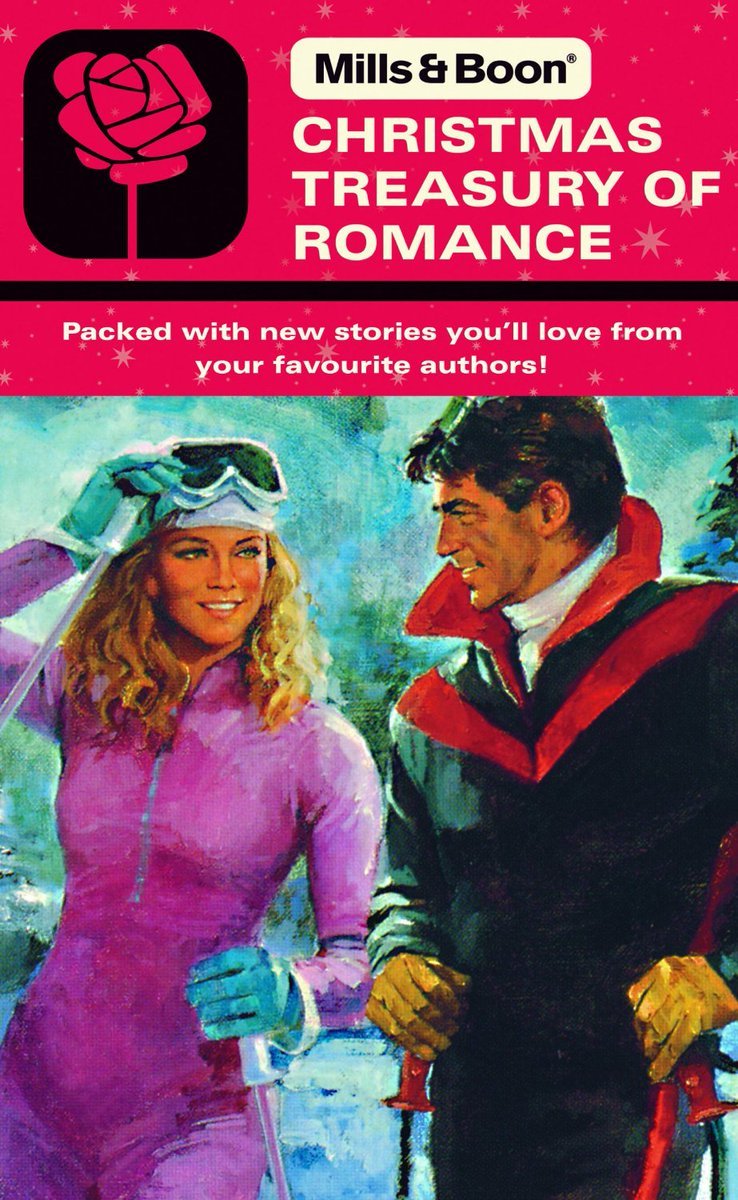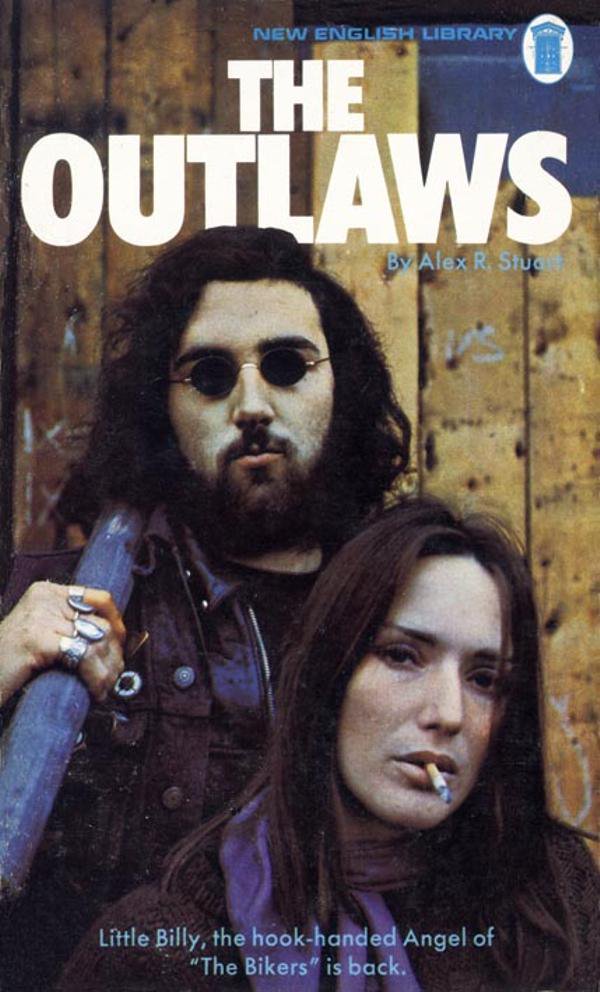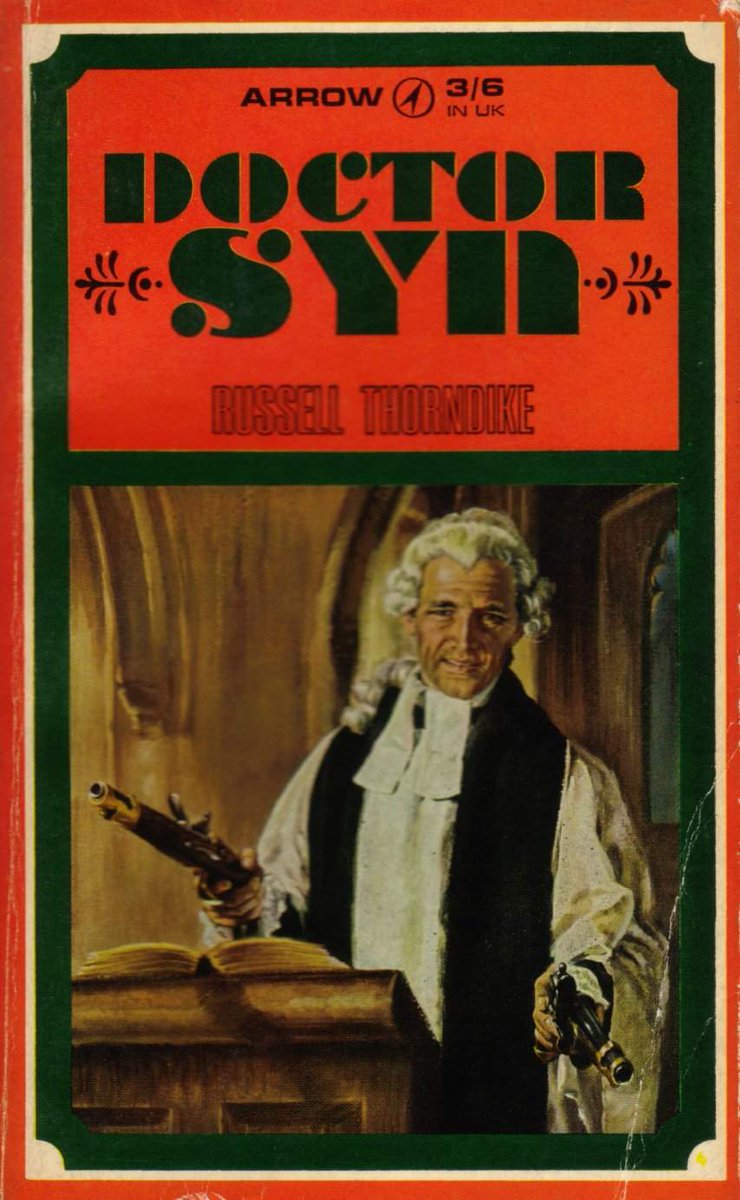Today in pulp I'm looking back at a very popular (and collectable) form of art: micro leyendas covers! 

Micro Leyendas (mini legends) are a Mexican form of fumetto, small graphic novels normally pitting the everyday hero against the weird, the occult and the unfathomable. 

The art of micro leyendas is bold, macabre and very funny. The books often tell a cautionary tale of revenge or humiliation, much like a modern folk tale. 

Most micro leyendas were published between 1960 and 1975, before losing ground to more conventional comic books and fotonovelas. There have been more recent reprints however. 

The pen and ink artwork in micro leyendas is simple but effective, normally only one or two panels per page. Here's an excellent 1969 example from Rafael Ramirez. 



Micro leyendas artwork is often uncredited, and when it is (for example this 1970 cover by Araujo) it's hard to find out much about the artist. That's a huge shame as the work - often acrylic on board - is amazing. 



Cover compositions for micro leyendas vary from the traditional pulp montage to the surreal. High contrast colours dominate with plenty of space left for the title and price. 



Part of the fun of micro leyendas art is trying to work out what the story was meant to be about. It's quite the creative writing exercise 







• • •
Missing some Tweet in this thread? You can try to
force a refresh























